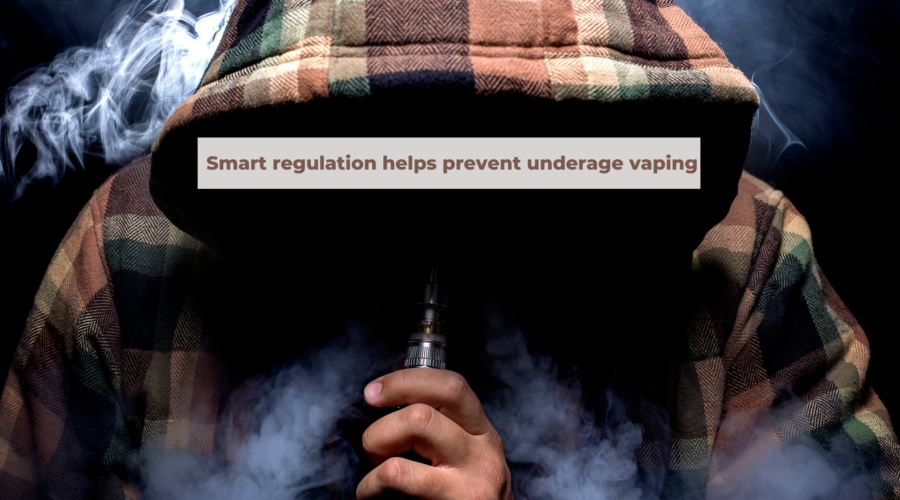Unity gov’t needs to swiftly legislate sale of only ‘registered’ vapes to prevent drug abuse
THE Malaysian Substance Abuse Council (MASAC) has called on the Government to put in place a special budget for further studies towards creating a special law to mandate that only vapes approved by the Government can be sold by traders.
The come about as the presence of various vape brands that do not go through the proper approval process has resulted in vapes flavoured with prohibited substances such as drugs to be made available in the market, according to MASAC president Ahmad Lutfi Abdul Latiff.
“This has resulted in more drug addicts starting to smoke drugs through the use of vapes that are not registered with the government before gradually switching to more dangerous types of drugs in the future,” he highlighted in MASAC’s revised Budget 2023 wish list.
“There is a need to streamline efforts to create special legislation to sell only registered vapes, ability to control the use of prohibited substances such as drugs from widespread use especially among teenagers and towards increasing the government’s income from registered vape taxes.”
Meanwhile, the Consumer Choice Centre (CCC) agrees with Health Minister Dr Zaliha Mustafa regarding concerns about the sale of vaping-related products to children.
According to the representative of its Malaysian chapter, Tarmizi Anuwar, CCC does not support vaping by youth or children under 18 years of age and suggested that the government quickly implement smart laws to regulate the sale and marketing of vape products.
Read the full text here









